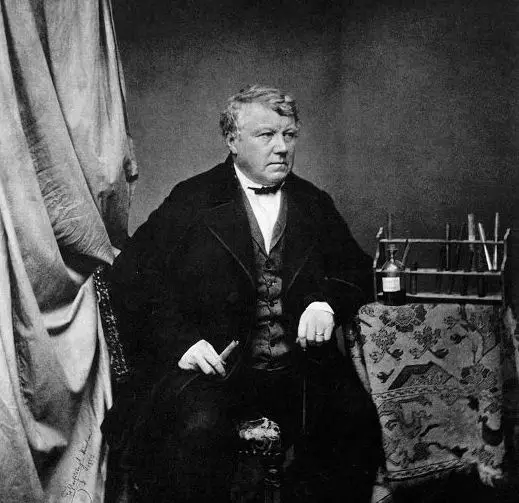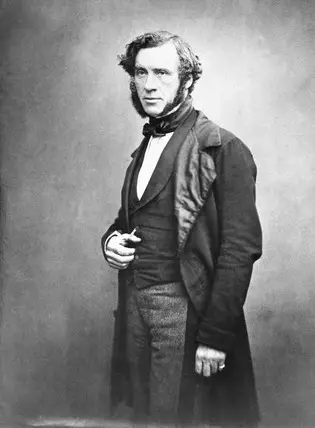Without energy, would anything exist in the world? Living organisms like you and me and the flora and the fauna require some form of energy to survive. A bike, car, motor, television, everything requires some energy to start up, accelerate and even to stop. Thus, form of energy required for the survival or for the sustainability is termed as the fuel energy. The fuel may be any form of energy. Say for example, the food we consume may be either made of carbohydrates, proteins or even fats which can be converted to the storage form glycogen. Similarly, any form of energy may be used as fuel for electrical and electronic devices. Like hydro power from water or solar power from the Sun, wind power from strong current of air and tidal power from the high raising tides of the ocean, varied sources of energy can end up for a single usage as fuel. Are you interested in knowing more on the invention history on fuel cells in specific? Well, continue reading.
What Fuel Cells really are?
The conversion of chemical energy from a fuel into electrical energy accompanied by oxygen or other oxidizing agent is carried out by these fuel cells. Hydrogen, hydrocarbons, and methanol can also be used in fuel cells. Provided with the essential oxidizing agents, the fuel cells can supply energy continuously. Unlike batteries, they need a continuous and rapid supply of these elements.
In the previous centuries, since there was no better communication between the people, the scientists with similar thoughts proposed similar hypothesis often in many fields. This did happen with the invention of fuel cells too.
People Behind the Invention of Fuel Cells
In 1838, two physicists from two different countries made the same move towards the invention of fuel cells. Christian Friedrich Schonbein, a German physicist and William Grove, a Welsh physicist were the two people who came up with a similar thought provoking idea. In the research work that was carried out between the periods of 1860 – 1880, the fuel cells were employed in internal combustion engines.
Schonbein’s Intervention
In 1839, Schonbein published a paper on the interaction between the oxygen and the hydrogen molecule in the philosophical magazine in the year 1839. He is well known for his other discoveries such as the ozone molecule and other experiments involving the electrolytic phenomenon of water.
Sir William Robert Grove takes up the pride of building up the first basic fuel cell. He also demonstrated his set up to others. He made this construction by working on the disadvantages of the other fuel cell model that was earlier constructed by Christian Schonbein.
Grove’s Work on Fuel Cells
In 1842, Grove built a gas voltaic battery which was a fuel cell. He did not name it as such as fuel cell. Grove was born in Swansea. He was working as a professor of the department of Physics at the institute of London, United Kingdom. The cell he developed was made of a battery technology which had zinc and platinum electrodes in it. The two electrodes were exposed as such to sulphuric and nitric acids. The acids were separated from each other by a ceramic pot. The ceramic pot was a porous one which will facilitate or enhance the exchange of the two electrolytes. This set up achieved a great success and fame and was further employed in the telegraph stations.
Reverse Electrolysis – Principle Behind Fuel Cell Invention
The basic principle behind the invention of the different models of fuel cells was the reverse electrolysis. We know that water is comprised of two hydrogen atoms and an oxygen atom. In the first step, the water molecule was separated into hydrogen and oxygen atoms. Finally, when these atoms are put together, they must synthesize electricity. This was the only principle behind the fuel cell invention.
When two glass vessels each containing oxygen and hydrogen are immersed in an electrolyte like dilute sulfuric acid, there will be a voltage produced between the two. When many number of these set ups are linked together using a gas battery, a higher voltage is much likely to be produced.
Who Coined the Term Fuel Cell?
The term fuel cell was given by Ludwig Mond and Charles Langer. Both Charles and Ludwig were chemists. They worked on experiments to provide a gas battery and it was then they named it so. The two main components that were employed in their model were atmospheric air and industrial coal gas. When the usage of internal combustion engine was at a peak, the development of fuel cells was also seen.
Francis Bacon and Fuel Cells
Francis Bacon made advancements in the model developed by Mond and Charles. One of the notable differences that he made was introducing electrodes that were made of nickel. He replaced the electrolyte sulfuric acid by potassium hydroxide as he felt that it may corrode the electrodes. By the end of his long term research, Bacon demonstrated a fuel cell that had the ability to synthesize as much as 5 kilowatt of energy.
Early Applications of Fuel Cells
Space people turned towards fuel cells after the launch of the Sputnik in 1957. Initially the fuel cells had applications in the NASA – National Aeronautics and Space Administration. These cells were employed by the NASA in the moon landing missions and Earth orbit space capsules. There, it was used for generating power for satellites, probes and space capsules in many space programs. These were then used as a primary backup for industries and big buildings. It was also employed in providing power for interior inaccessible areas.
Neidrach-Grubb Fuel Cell
Willard Thomas Grubb was a scientist who worked for GE. His idea was quite unique from the rest of the world. Instead of an alkali or dilute acid, he used a sulphonated polyestrene as an electrolyte. His colleague, Leonard Neidrach, made further advancements. He tried developing a way to deposit platinum over the set up made by Grubb. This final set up was called the Neidrach-Grubb fuel cell. These were employed by the GE and the NASA. This final set up was used in the Gemini space project as well.
In the early 1970s, the applications of fuel cells were more concentrated towards the systems on earth to meet the energy crisis.




Comments are closed.